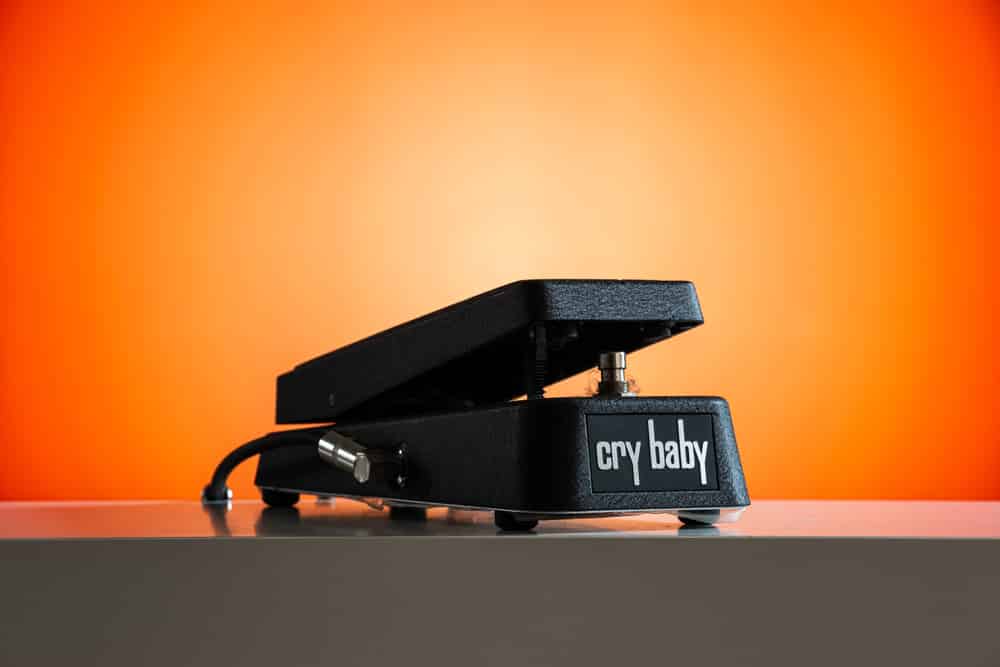
The guitar is one of the most played musical instruments out there. Millions of people have mastered the art of playing the guitar by using certain techniques and tips. In order to play the right tunes, it is important to have the right equipment and devices so that the output from the guitar can be improved.
One of these supporting equipment is a guitar foot pedal which is used with electric guitars. Cry baby Wah is a popular foot pedal that can let you control the effects in a great manner. With the suitable control and useful features, Cry baby Wah is the best thing to get your hands on.
Cry Baby Wah Problems
However, there are certain problems associated with this guitar pedal that you should know of. Most of the time, the symptoms of a problematic pedal include noise from the rig or the absence of signals.
If the direct connection of the guitar with the amp gives fine results, but the addition of the pedal causes issues, then the pedal is faulty. It is also important to distinguish which problem is concerned with the pedal and which one is related to the amplifier or guitar.
Let’s look into the ways by which Cry baby Wah’s problems can be resolved.
- Check Pedal Power Supply Compatibility
Guitar pedals can either be powered by a battery or a power supply adapter. If you are using a battery, try replacing it with a new battery. You must match a few parameters for the power adapter to make the pedal work. There are two current types, AC and DC. Make sure the current type and the adapter size you use are correct.
There are a lot of similarities between the power adapters, so make sure you pick a compatible power plug. Some other parameters of pedal power include voltage, amperage and polarity. The setting of the guitar pedal requires you to match these three requirements with the power supply.
If you use an incompatible power supply, your pedal can get damaged mainly because there is no matching of voltage or polarity with the power. Connect the guitar pedal to the compatible power supply and proceed to start the pedal. Make sure that the power supply of the pedal and current types are compatible.
Now, look for the matching between the power supply and voltage ratings of the pedal. The polarity indicators of the pedal must match with the power supply as well. Another important thing to notice is that the total amperage drawn from the pedal should be lower or equal to the amperage rating of the power supply.
The power supply must have the voltage that your guitar pedal has listed. You can check the user manual to see the voltage requirements. It is common among the guitar pedals to accept multiple different voltages, but you have to check for Cry baby Wah. Make sure you use the correct adapter when the pedal is 18V, and the power outlet is 9V.
Now, look for the polarity. Both the power supply and guitar pedal must have the same polarity. It is usually identified by a circle with a ring around it. The centre can either be positive or negative. The polarity for most of the guitar pedals is negative.
As far as the amperage is concerned, there must be enough supply of current from the power supply. In simple words, it should be equal to or more than the amperage requirement of the guitar pedal. It can range from 10mA to 1A. You can confirm the amperage rating by using an amperage meter.
- Secure And Test Cable Connections
After verifying the connection of the guitar pedal with a compatible power supply, you should check the cable connections. The cable must be secure and functional enough to pass the clear signal. Make use of the correct cables and insert them all the way into their jacks. You can check the working of the cables by using the cable testers.
You can find these testers at inexpensive rates. They are very useful. You can test the cables by directly plugging the guitar into your amp. Keep your ears open for any kind of dropouts and cracks. If there aren’t any, the cable is okay to pass the signal. You can use it freely.
- Isolate And Test Pedal
Now that you have put the cables and the power supply in the working order, you can move on to testing the pedal all by itself. There is no need to use other effects or pedals in your signal chain.
If you intend on troubleshooting more than one pedal, you have to run a test for each of them individually and then connect them together for the final test. This process helps you identify the problem. It checks not only the power and pedal settings but also the connections. Keep the effect engaged and test drive it.
The pedal is successful in the test if the effect sounds the way it should. If it sounds different, you have to dial in a clean tone and run the tests for each switch and knob. When you are done verifying the pedal, get your pedalboard and add the pedal to it. Now you have to run the test for the pedal with the other pedals.
Make a connection between the guitar and the input jack of the pedal. The output jack of the pedal needs to be connected to the amplifier. Now, get your guitar all the way up and make the clean settings for the amplifier. The last step is to engage the pedal.
- Levels And Pedal Order
In most situations, the working of the pedal is great on its own. The problem arises when it is connected with the other pedals. As far as the pedals with level control are concerned, they require extra consideration for the balance of gain staging. You have to be vigilant of the level of each amp, pedal and FX loop connection.
Make sure you are aware of the way the level responds. The sound of some pedals is better in connection than on their own. There is a certain uniqueness to every pedal. So, you need to check the order of your pedals to get to the sound you want.
Loop switchers are known to be excellent solutions for the problems with the guitar pedal orders, thanks to their remarkable flexibility.
- Accuracy
While listing the most common problems associated with the Cry baby Wah pedal, the failure in accuracy is spotted on the top. Very often, users encounter the issue where they press the pedal, but it does not work. The reason is that the pedal and the switch are distant from each other.
Besides, the pedal engages only when it is completely pressed. Make sure you keep track of this factor while you are performing. This is why experts recommend the use of the Cry baby Wah pedal whenever you have to stand or sit at a single point in your entire performance.
On the other hand, if you need to move around the stage, Cry baby Wah can disappoint you. It is sometimes difficult to keep track of.
- Noise And Distortion
Users of Cry baby Wah have come across another issue that is about the output coming with the noise and distortion. This problem is quite complicated because it is not something that happens all the time with the pedal, so you fail to diagnose and focus on the problem.
But as soon as you engage the pedal, you will hear a strange noise on the output. The main culprit behind this issue is either the loose connection of the cables or damage to the cables. If you detect the loose connections in cables, all you have to do is disconnect them and connect them again tightly.
This step is likely to get the job done. In case you fail to diagnose any problem with the connectors, check the cables thoroughly. There is a chance that the cables might be bent or damaged at some point. If yes, replace them with the new cables.
- No Response
Sometimes even after repeated attempts, you fail to get the guitar pedal to respond. It is usually because of the low battery. It’s not just the low battery that causes the problem; it can also be the improper connection of the battery that is affecting the working of the guitar pedal.
Therefore, you have to make sure that nothing is deliberately left out on the battery. Double-check the stable connection of the battery with the Cry Baby Wah pedal. If the battery is low, charge it to full. Experts recommend that a spare, fully charged battery should be with you whenever you have to perform.
It enables you to use the guitar pedal efficiently. If you are still facing noise and response problems despite the troubleshooting steps mentioned above, then the problem might lie with the power section of the amp or the preamplifier.
There is also a possibility of the tube amp going bad. Check for all components before calling in for the professional.

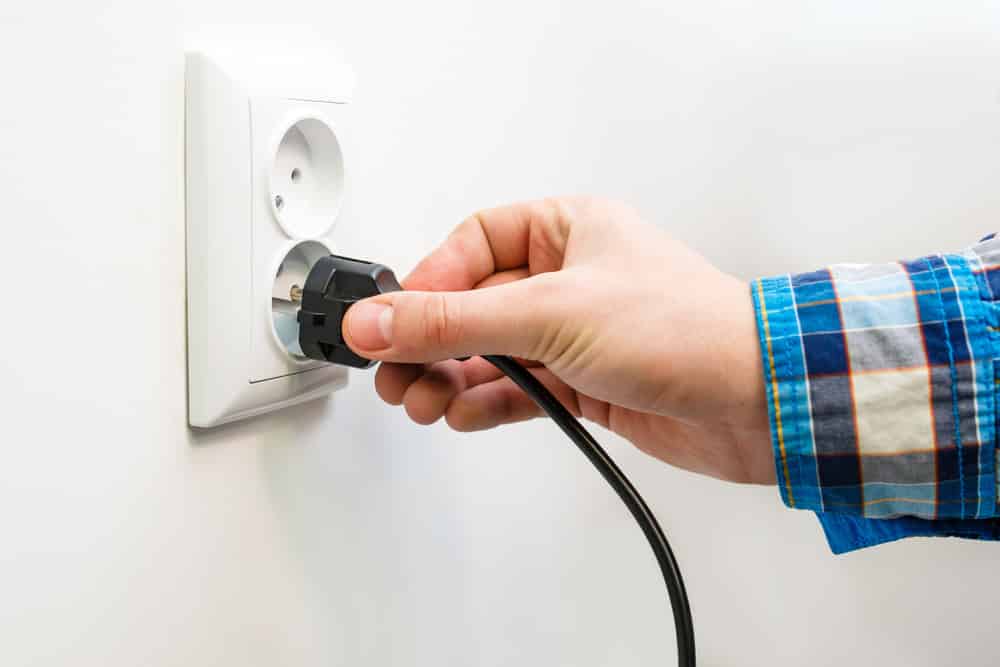
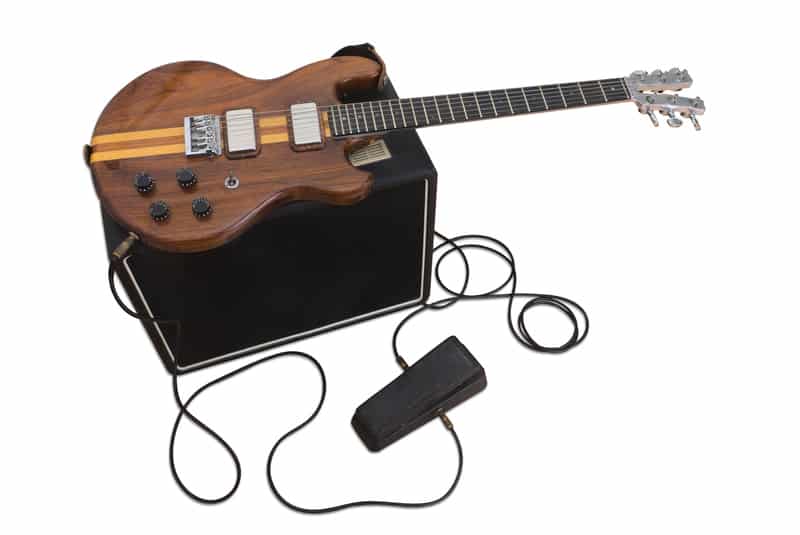
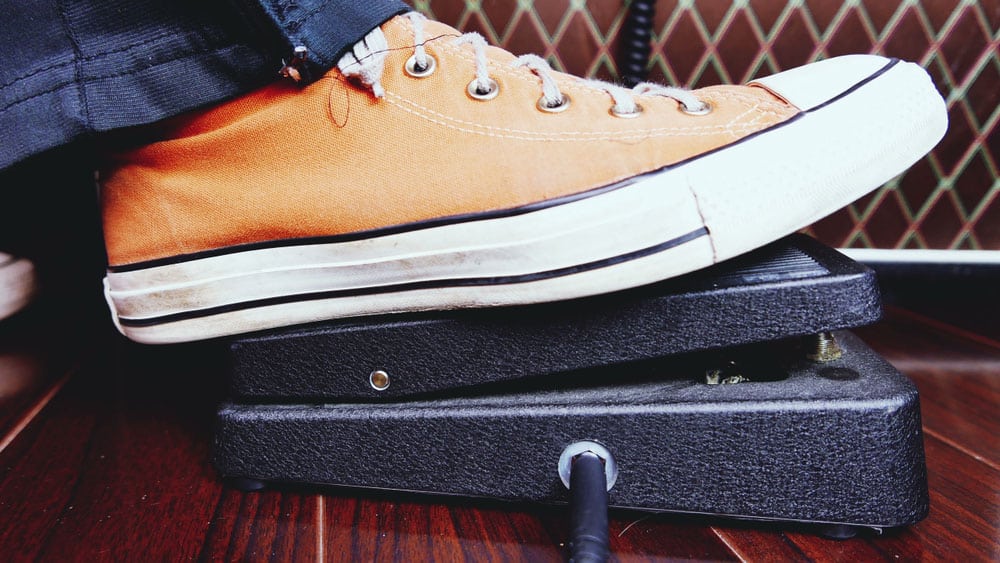
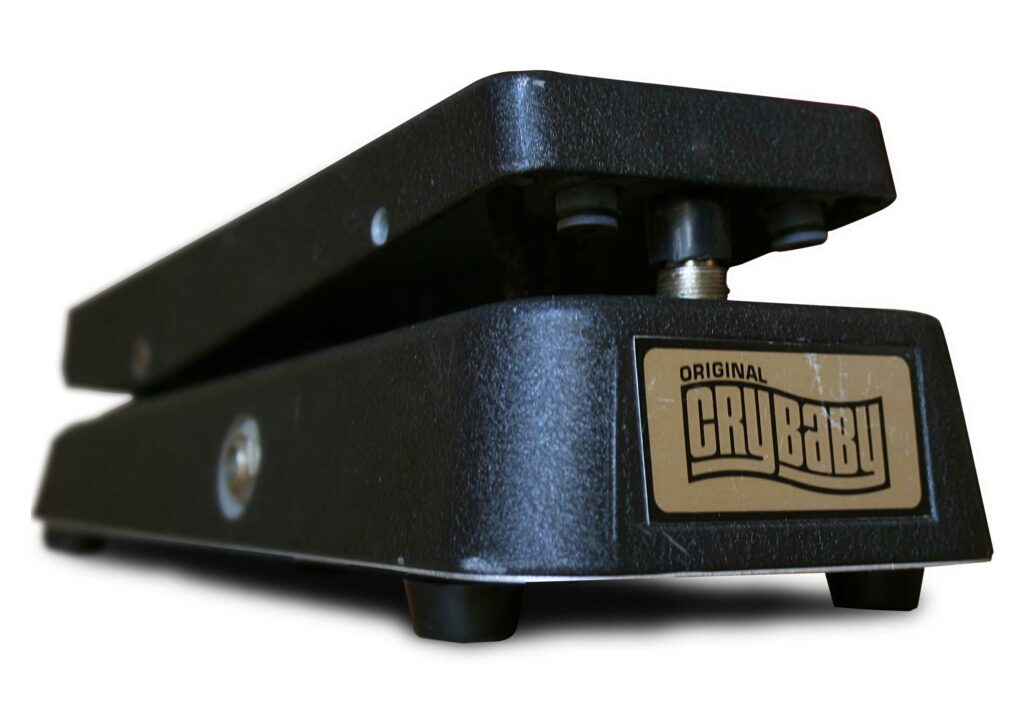
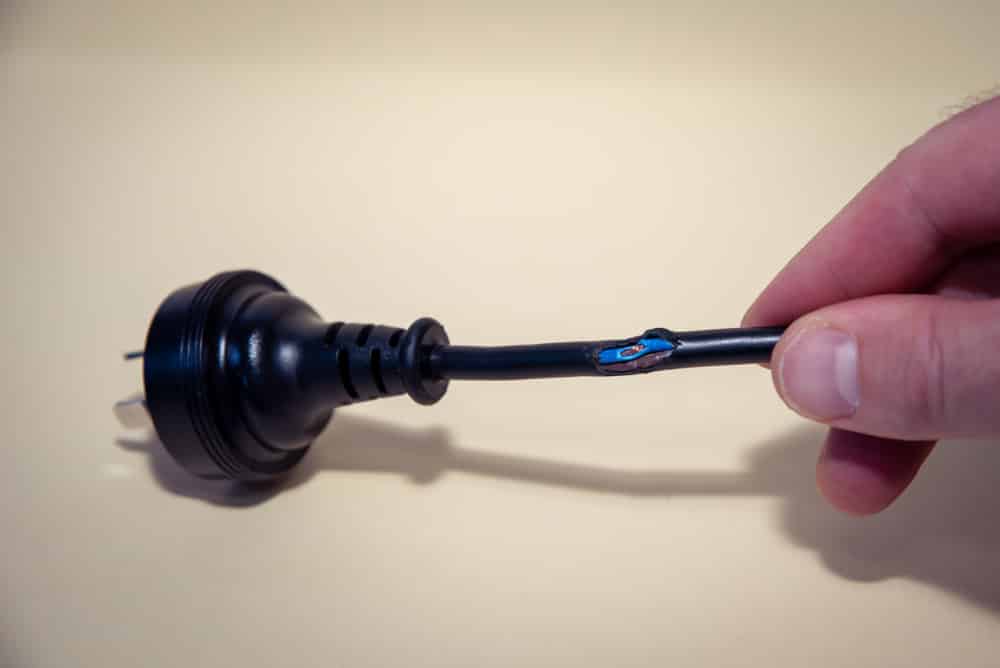
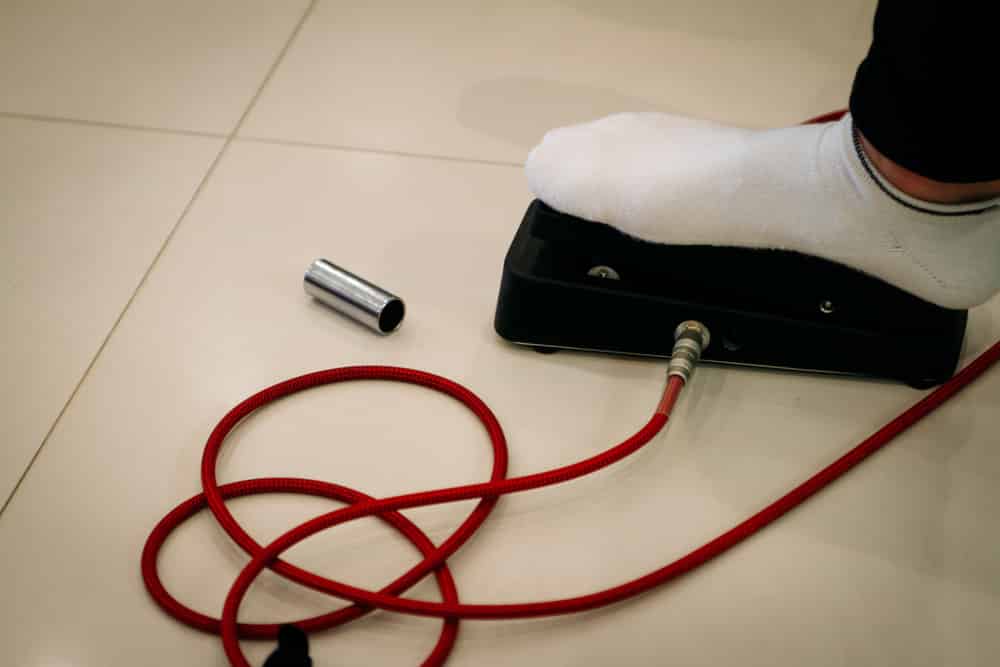
I have a issue with my Dimebag Crybaby From hell Wah. Just every time I hook it up to my guitar and amp it will increase noise and distortion even if the Wah is being turned off which makes no sense to me. Wonder what’s causing that problem ?
Pedal is turning on as well but no effect sound. Sound is exact same as if the guitar was directly plugged into the amp.
I bought my first wah pedal: a used Cry Baby GCB95, and it will not stay raised. Obviously a common problem online, so I followed the many videos telling to tighten up that little plastic loop that is pressing up the black potentiometer rack and it still falls. There are so many different pedals I saw that some have a Allen screw at the heel, but I did not find that in this original one. Please, help!
Can you help please my problem is as same as the folk above
I can turn it on but no effect comes from pedal Thank You
Pedal is turning on as well but no effect sound. Sound is exact same as if the guitar was directly plugged into the amp.
No whawha effect..please help
My pedal is tuning on and playing but no effect sound at all